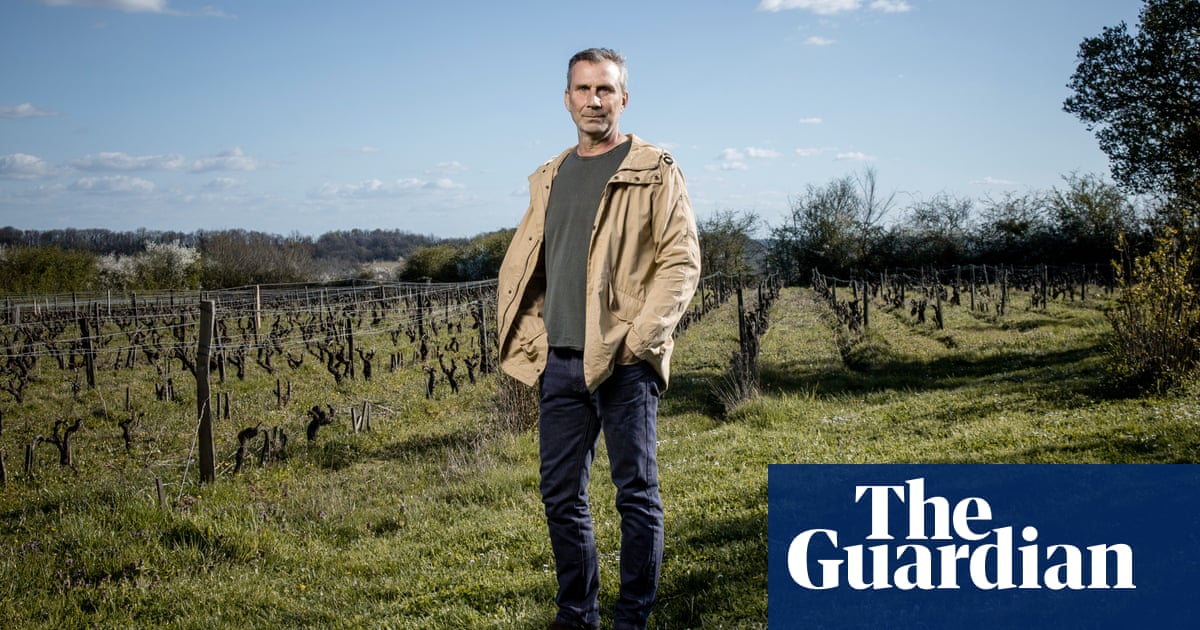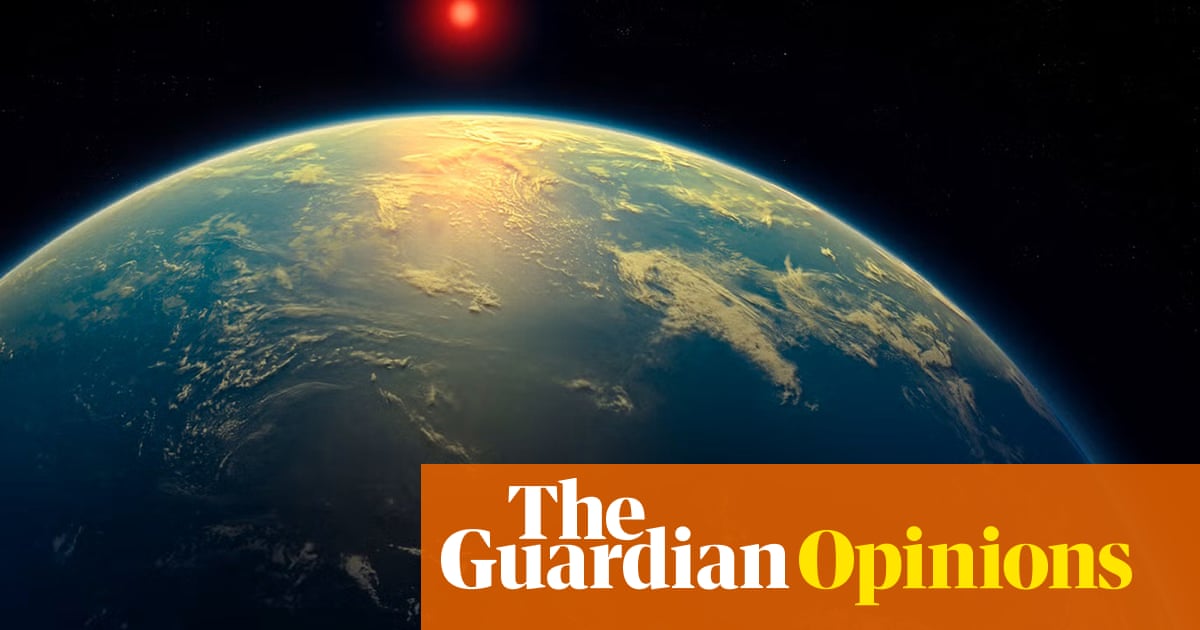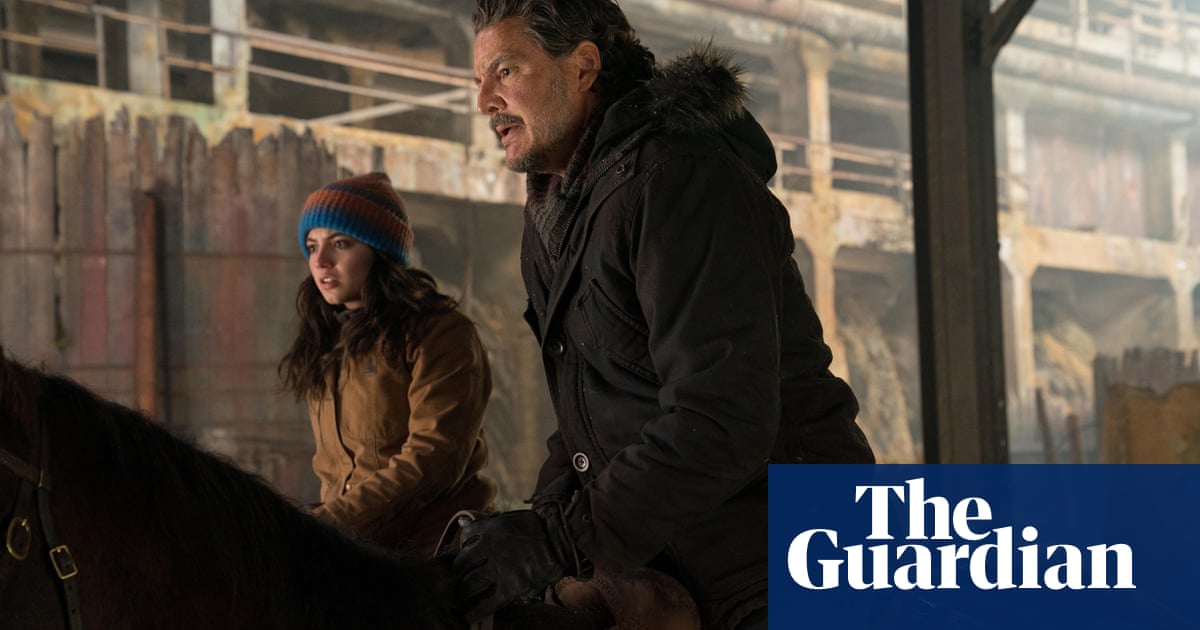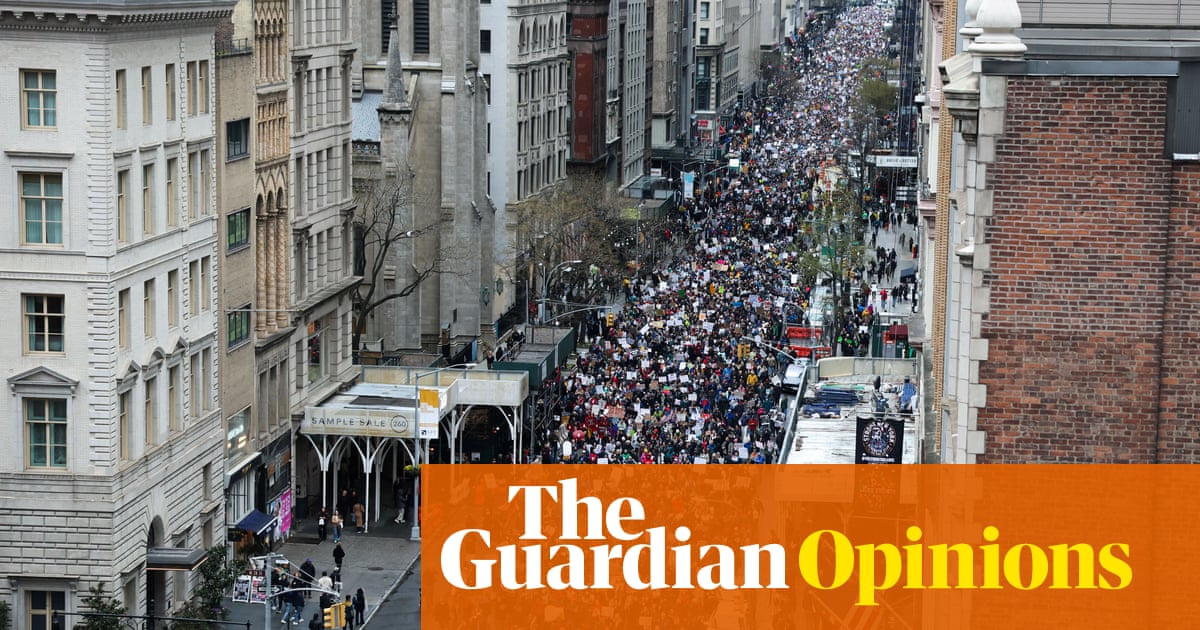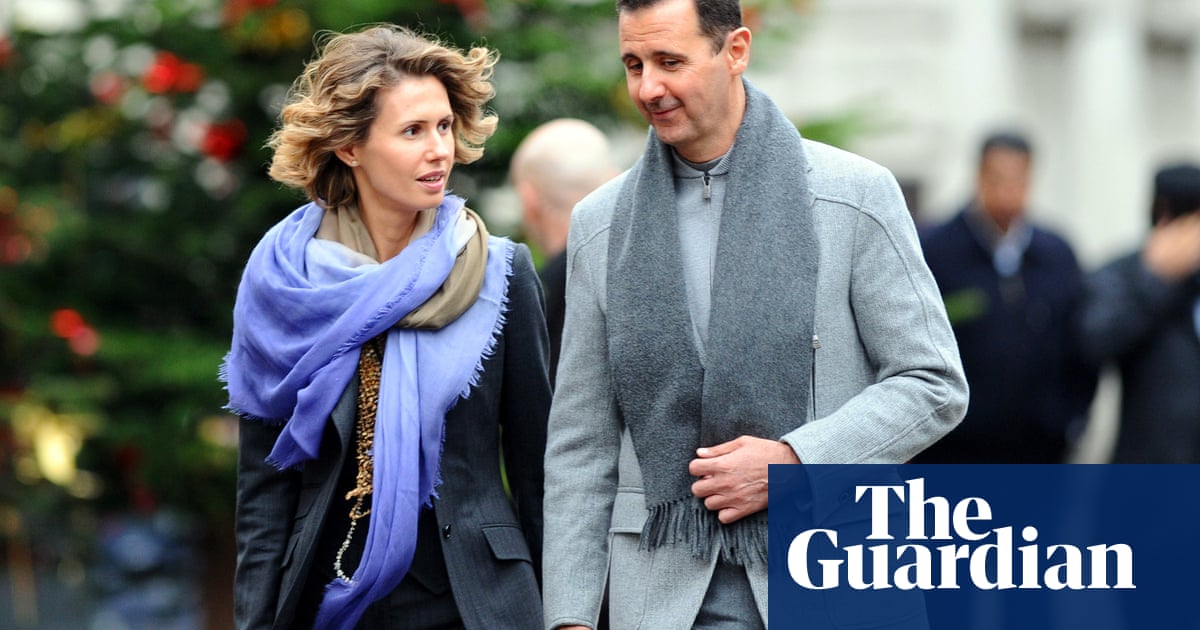In early February, during the depths of winter, Twin Otter aircraft belonging to the Canadian military flew over the vast expanse of the western Arctic looking for sea ice. Below, sheets of white extended beyond the horizon.
But the pilots, who were searching for a suitable site to land a 34-tonne (76,000lb) Hercules transport plane a month later, needed ice that was 1.5-metres (5ft) thick.
They could not find any. The teams scoured 10 other possible spots, stretching as far west in the Arctic as Herschel Island, five miles off the coast of Canada’s Yukon territory.
In the end, no site proved suitable for a sea-ice landing area. The north, it seemed, was too warm.
However, that same month, during the same mission, the cold was snarling plans to move soldiers across the tundra. It had grounded transport helicopters. It had broken snowmobiles and other equipment and, at times, spirits. The north, it seemed, was too cold for the materiel the military had hauled up to the tundra.
For generations, the intense cold of the Arctic has served as the bulwark of a military defence of the north. But a rapidly changing climate, defined by extreme shifts in temperature in both directions, threatens to unspool that defence, replacing it with a land and seascape more volatile and far less predictable.

Over February and March, hundreds of soldiers from several countries gathered in Canada’s western Arctic for Operation Nanook, a military exercise meant to show that allied nations, including the US, Finland, Sweden, Belgium and the UK could “sustain force” in the region, testing cutting-edge equipment in the unforgiving tundra.
In recent months, political leaders have revived longstanding fears that Canada has only a tenuous hold over its northern border. Despite the spectre of hostile nations creeping over unseen borders, however, the biggest threat facing the troops was the freezing temperatures.
“In kinetic fight or a civil response, the primary enemy is the cold,” says Maj Matthew Hefner, who runs the US army’s Cold Regions Research and Engineering Laboratory in New Hampshire. “Whether the bullets are flying or not, that’s the thing that is going to eat people alive.”
The American, commanding a team of military scientists, combat veterans and Arctic specialists, was in the hamlet of Tuktoyaktuk on the crumbling Arctic Ocean coastline, as part of a community celebration to mark Operation Nanook. Members of Hefner’s international cooperative engagement programme for polar research have brought cold-weather gear to show local people.
The event is also a few miles from where teams have cut triangular holes in the sea ice so Belgian naval divers can plunge into the emerald waters. Visibility extends as far as your arm and the frigid murky waters can disorient even seasoned divers astonishingly quickly.

For those new to the landscape, Arctic veterans say a lack of awareness for the capacity of the cold to degrade and disorient is one of the biggest dangers. It makes plastic as fragile as glass. It confounds the intricate machinery of modern military aircraft.
And at its most deadly, it untethers those travelling in its deepest reaches from reality. Exposed skin can sustain lasting damage within minutes; confusion quickly sets in with hypothermia.
The Inuit who call the land home have pushed the outer bounds of human limits, finding pattern and tempo in a landscape that, to outsiders, is an unappeasable adversary.
That knowledge is a lifeline to Arctic forces that have long acknowledged that tundra is one of the most hostile theatres for warfare conceivable for its ability to render hi-tech equipment unusable.
During Operation Nanook, Hefner’s team went through periods of a cold-imposed communications blackout as their radios and satellite devices shut down, the result of “smart” lithium-ion batteries that will not charge in the cold.

“Most equipment is metal, and if you touch it without a glove on, your hands go bad. But even if you don’t take your glove off, they’ll get soaking wet because everything’s covered in snow. Then they get really, really cold. And your hands go bad.
“So everything is slower up here,” says Hefner. “I’ve got some guys complaining that we’re not doing a lot of tactical stuff – you can’t do tactical until surviving is second nature.”
But the cold, for all its power to degrade, is also a powerful natural defence. In summer, the western Arctic is a boggy, infuriating morass of rivers strewn across the landscape like spaghetti. Enemy forces on the attack would find it near impossible to navigate. In the winter, travel routes open up with few natural barriers.
It has long been the cold, and its power to break machine and mind, that has served as the chief deterrent. This winter, however, the community of Inuvik saw rain in December for the first time in nearly half a century. The drizzle came in the second half of a year that saw a punishing heatwave settle over the town, with the temperatures hitting 35C (95F) more than 125 miles above the Arctic Circle.
This year, more snowmobiles plunged through ice roads – transport corridors built on frozen rivers – than ever before. Hefner’s team also lost two snowmobiles when they fell through the ice.

“I’ve never experienced this many warm fluctuations in a year,” says Justin Pascal, who lives in Inuvik and is a member of the Canadian Rangers, a paramilitary force of northern reservists drawn from Indigenous communities.
“This year it was jumping between -8C, -40C, back to -8C and then even above 0C at the beginning of the year. Call it what you want, but it’s different than anything I’ve experienced.”
These changes have long been predicted and thaws coming earlier in the year have already expanded travel routes through the north-west passage for cargo and tourist ships.

But they have also had profound effects on the landscape. Thawing permafrost and the subsequent sloughing of land into the ocean means communities such as Tuktoyaktuk are disappearing.
“There’s open water where traditionally there was ice,” Lt Col Darren Turner, commander of Operation Nanook’s land forces, tells Canadian reservists. “Regardless of your opinion on global warming, you will have your own modified opinion when you get out there.”
The uncertainty surrounding these shifts has confounded local people and military units testing their capabilities in the north.
After a series of reconnaissance flights failed to find suitable sea ice, the military chose to build a landing area on a frozen lake – the first time a Hercules had landed on fresh water. The landing was framed as “enhancing operational flexibility” by giving the plane access to otherwise inaccessible areas.

But challenge, and failure, to find sufficiently thick sea ice in the depths of winter highlights a reality military leaders have had to start planning for in earnest.
“Our first level of defence is leaving us,” says Turner.

.png) 3 hours ago
4
3 hours ago
4




